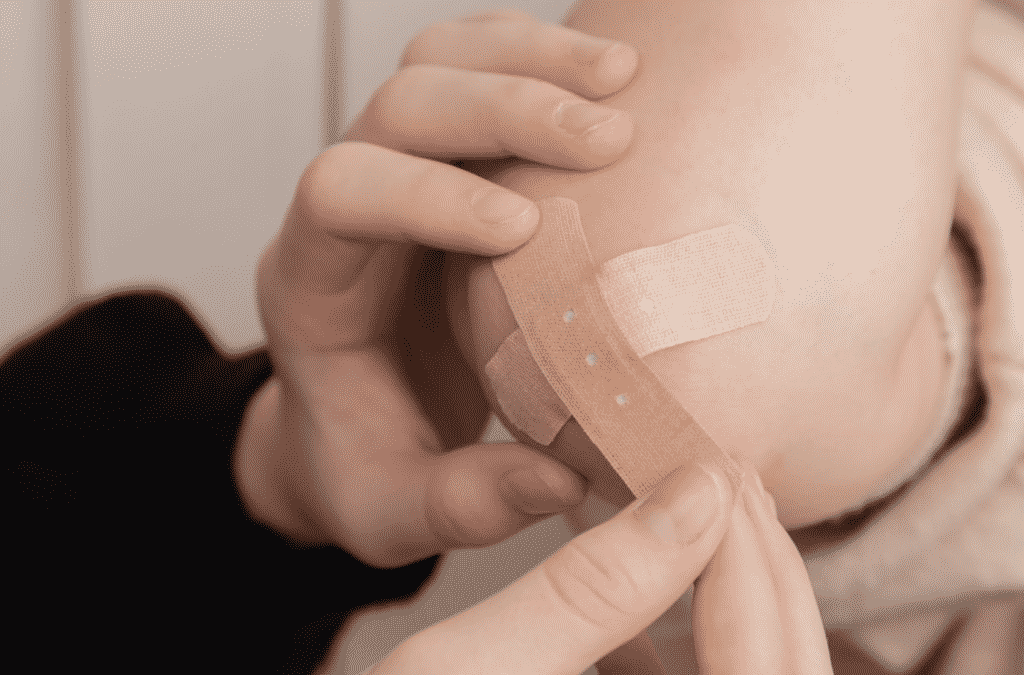Anytime someone suffers a head injury, it is best to ensure the person’s safety and assess their level of consciousness. Afterward, follow up with medical professionals to seek medical attention. CPR and first aid training is also important in the event that the person suffers a cardiac arrest. Here’s how you can administer first aid.
Assess the individual’s level of consciousness.

One key indicator is how responsive the individual is to stimuli. Are they awake and alert, or are they sleepy and unresponsive? Are they responding to questions and commands, or are they in a coma-like state? Another key factor is how aware the individual is of their surroundings. Are they confused, or do they know where they are and what is going on around them? Are they able to communicate, or are they unable to speak? These are just a few things to consider when someone suffers from a head injury.
Administer first aid and continue to monitor their vital signs.
In emergency situations, you’ll need to administer first aid. If you’ve had CPR first aid training in the past, it is a lot easier to navigate these situations and know exactly what to do. A first aid course typically goes over the best course of action in any emergency. For example, if someone is experiencing a head injury, then applying pressure to the wound to stop it from bleeding is one course of action. First aid training also mentions that you should never give the individual anything to eat or drink. If there is a foreign object in the wound, you should not remove it in the case that it will cause further damage. If the person has a headache, nausea, or vomiting, they may have a concussion. Try and keep the individual conscious until help arrives. And ensure that the individual is breathing properly and staying calm.
Call emergency medical assistance.
Head injuries are serious matters, and you will need to call emergency services. They can guide you through the process and determine whether medical assistance is actually needed. And if so, they will be able to send help. They will likely ask questions about the individual’s state.
Check to see if the individual has any other injuries.

While waiting for emergency medical services to arrive, you can check to see if the individual has any other injuries. If they are conscious, you can ask if there’s any pain coming from somewhere else. Make sure that they sit still. And let the phone operator know about these injuries. In the event that they are minor injuries or wounds, you can try to apply proper first aid depending on whether they are easy to access.
Wait for medical help to arrive.
Be patient. Do not try to move the person, as this could cause more damage. If the person is conscious, ask him or her to remain still and wait for help. If the person is unconscious, try to keep the head and neck in a neutral position. If their injuries are beyond first aid training, the best you can do is be there when help arrives and let them know the situation as efficiently and quickly as possible.
Head injuries can be terrifying, and they can also be life-threatening. Knowing how to properly deal with a head injury can be the difference between life and death. That’s why it’s important to have first aid training. If a person has a head injury, you should keep them still and avoid moving their head. They will need to be transported to the nearest hospital. Until they can be transported, you should continue to monitor their breathing, blood pressure, and pulse.
